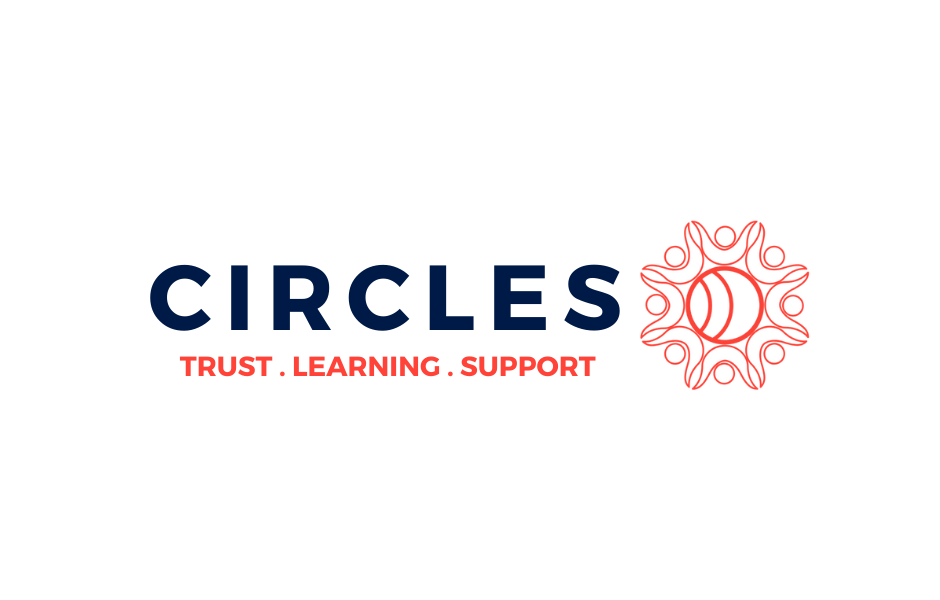The Power of Perception
Trabian Shorters
CEO
BMe Community
@JoinBme
This article first appeared in The Racism Issue of Change Agent.
If there was evidence that your communications were limiting your impact, undermining the case for equity, and possibly smearing those you seek to help, would you do something about it?
The most advanced science available from the world’s leading authority on cognition, Nobel Prize-winning research psychologist Daniel Kahneman, strongly suggests that philanthropy’s habit of defining people by their problems (deficit-framing) creates powerful, lasting, negative associations that make engagement and equity harder to achieve.
Kahneman, whom I consider the Einstein of psychology, earned the 2002 Nobel Prize in economics, even though he’s not an economist, because his research totally debunked “rational choice theory,” which is the belief that when faced with a choice, people rationally weigh the pros and cons. Once this belief, which had been a cornerstone of Western thought and classical economics since The Enlightenment, was disproven, the field of Behavioral Economics was born.
In 2012, I developed “asset-framing” from Kahneman’s breakthrough. It has been recognized as a major social innovation by elite leadership networks such as The Aspen Institute and Ashoka.
Narratives matter more than facts because they tell us which facts to recognize and which to ignore.
Asset-framing is “defining people by their aspirations and contributions before acknowledging their challenges and investing in them for their continued benefit to society.” The sequence and word choices in that definition are very important. How you introduce someone, or something, makes all the difference in framing. Kahneman gives the following example: When told that 90% of people who have a certain surgery recover fully, patients are much more inclined to do the procedure than when told that 10% of patients who have the surgery die. Both framings are accurate, so we can use whichever is most beneficial.
How People Actually Think
According to Kahneman, your mind is governed by two powerful systems. The first does 95% of your mental processing before thought by forming narratives based on the most available associations in your memory. It is prone to disregard facts that don’t fit these narratives. The second is our conscious mind, which only activates when the first system encounters something it can’t handle, like a surprise, threat, curiosity, or learning situation.
There are two hugely important consequences of this discovery.
First, narratives matter more than facts because they tell us which facts to recognize and which to ignore. In his book, “Thinking, Fast and Slow,” Kahneman illustrates this with the story of how the Bill & Melinda Gates Foundation, the Annenberg Foundation, Pew Charitable Trusts, and the U.S. Department of Education invested over $2 billion in the “Small Schools Movement” based on studies showing a disproportionately high number of high-performing schools were small schools. It made intuitive sense that smaller schools would produce more successful students, and the data backed that intuition. The problem is that a disproportionately high number of low-performing schools were also small schools. But since our minds are prone to disregard facts that don’t fit our narratives, billions were spent on this cognitive illusion. Small schools are not inherently better than larger ones. The charter school movement and Teach for America have experienced similar data-backed misreading of their inherent performance advantages for the same reason.
Second, these world-framing narratives that we automatically form are based on the associations that are most available to our minds, not necessarily the ones we consciously believe. If you’ve heard the word Muslim next to the word terrorist for 40 years as I have, your brain will automatically make that association. This doesn’t mean that you believe all Muslims are terrorists, but it means your brain won’t be surprised if a Muslim turns out to be a terrorist, and it preloads “terrorist” any time it thinks of Muslims. Which does make it easier for you to believe Muslims are predisposed to be terrorists, unfortunately. The important thing to remember is that the brain sees what it looks for and however you define people sticks, whether you want it to or not.
The Problem with Deficit-Framing
Deficit-framing is “defining people by their challenges, ignoring their aspirations or contributions, then remediating them to be less burdensome on society.” Ever since “The War on Poverty” began 50 years ago, black people have been strongly associated with poverty and crime. That’s why our minds aren’t surprised when we hear of black poverty or crime, and our brains preload “poverty and crime” when we think of black people. Which does make it easier to believe that black people are predisposed to poverty and crime, unfortunately.
Predisposing people to racist notions is the opposite of philanthropic intent, but defining people by their challenge, as in “at-risk youth” and “low-income families,” is the definition of stigmatizing them. Stigmatization is a by-product of deficit-framing, so those in philanthropy may not notice themselves doing it. But whether you run someone over with your vehicle out of hatred or just because you weren’t paying attention and didn’t see them makes no difference. We pay grantees billions to proliferate our stigmatizing definitions because we literally don’t know any better.
The Benefits of Asset-Framing
Let’s consider the proven benefits of asset-framing, which is defining people by their aspirations and contributions before acknowledging their challenges.
You can break 50-year-old stalemates on important issues. Marriage equality was framed as a civil rights issue for nearly 50 years until a group of researchers found that a high percentage of LGBT couples who wanted to marry had stayed together through serious hardships over many years. So, the winning campaign defined them by their aspiration rather than their oppression, saying “People who love and are committed to each other should be allowed to marry.” That narrative-changing frame is why, when marriage equality became the law of the land, “#LoveWins” was the triumphant cheer. Hattaway Communications in its American Aspirations report details this campaign and the core values Americans share.
You can speak the same words to beneficiaries’ faces that you use behind their backs. When training the U.S. staff at the Bill & Melinda Gates Foundation, President Allan Golston recounted going to a grantee school and being asked during an assembly to describe what the foundation focuses on in education. He said that he realized he could not use the same words to these students’ faces that the foundation used back then to describe them in grant guidelines and reports. He is not alone in that predicament. Nonprofits with missions like “Helping at-risk youth in high-crime neighborhoods to stay on track and avoid becoming negative statistics” are admirable, self-congratulatory, and denigrating to the students all at once. Organizations could accurately describe themselves as “helping students who are striving for an education to overcome difficult environments and to achieve their dreams.”
Which brings us to the three most common mistakes groups make when trying to asset-frame:
1. Substituting positive language. In the example above, we did not try to figure out a nicer name for “at-risk youth.” We simply refused to define them by their challenge. They are students who aspire to graduate, so calling them at-risk youth or some other stereotype ignores that defining fact. We then correctly defined the environment as a threat to their aspiration. This simple shift of separating our aspirant from the stigmatizing problem is a more accurate depiction of the situation and prevents us from subconsciously classifying the student as the problem. It innately reminds us that youth are assets to be invested in for their continued benefit to society. That’s why it’s called “asset-framing.” By contrast, simply substituting nice words for harsher ones doesn’t change our fundamental definitions.
2. Sharing success stories. If you believe that black men are typically absent from their children’s lives, then an inspiring story of a black man who defies that stereotype sounds great. But it’s not nearly as good as debunking the myth altogether. Black men, regardless of marital status, are the most engaged fathers in America, according to the Centers for Disease Control and Prevention. Promoting the successful behavior of the entire group is far more accurate and useful than singling out a single person, as if they are rare.
3. Gap data. Gap data is for framing deficits and disparities, not for asset-framing. It’s like telling someone “you’re much dumber than your sister, but you’re gaining.” There is nothing inherently asset-oriented in doing that. It instead reinforces that one group is inferior to another. The obvious problem is that if black girls performed in math at the same levels as white boys, then they could all be 38th in the world together. Closing the gap does not inherently mean achieving excellence. Therefore it’s better to define your participants in ways that make it easier to see that the gaps are caused by inequities, not by character.
Clearly, I believe asset-framing has advantages over deficit-framing, but I do not believe that we must use only one or the other. My point is that by relying so heavily on only one framing method, we miss at least half of our possible solutions and accidentally perpetuate dangerous stereotypes. When you don’t tell the stories of all people’s accomplishments and aspirations, you hurt the case for equity because you give the false impression that only the white middle class is earning its keep in America. The beneficiaries in our philanthropic narratives are meaningful contributors as well. Defining them as such makes it much easier for all of us to value all members of the human family and prosper accordingly.


